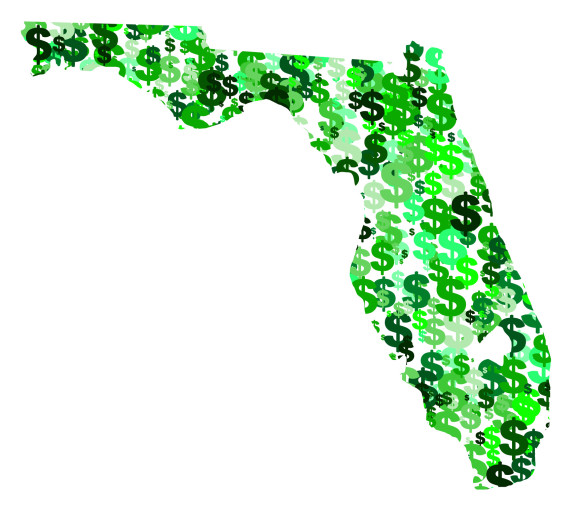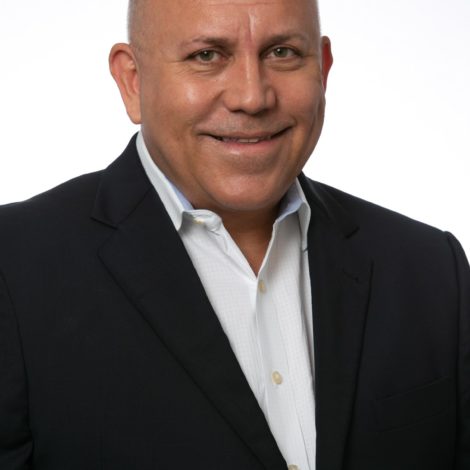Floridians currently pay the highest homeowner’s insurance rates in the nation, and no one should be surprised by this. Florida is a long relatively narrow large peninsula jutting out into bodies of warm water prone to tropical storms and hurricanes.
At the same time, we also have the most robust and competitive homeowner’s market of any state by far. This fierce competition keeps rates lower than they might be otherwise. As a consumer advocate, I have never been shy about stating that good market conditions create competition and innovation which benefits insurance consumers.
The last four years have not been good for the Florida homeowner’s insurance market. The impact is that the average policyholder will pay about $500 more per year to insure their homes—an average 25% rate increase on the median $2,000 a year policy.
What caused this? In the last four years, we have not only had several hurricanes after a 10-year respite, but also in each year we have had expensive non-hurricane events that have deteriorated insurance profits and claims reserves. Because of this, private reinsurance prices (this cost is about 40% of total premium collected) have sharply increased, and investment capital has dried up—tripling the cost of borrowing.
This situation is nothing new. Florida will always have good and bad cycles when it comes to the weather and insurance.
The good news is that elected representatives in Tallahassee have mechanisms that were put in place by their predecessors to mitigate the damage that would be caused by cyclical rate increases.
Legislative reforms during the current session could reduce this average rate increase by at least half, and could include:
- Repeal the rapid cash build-up factor for the Florida Hurricane Catastrophe Fund (FHCF). The Florida “Cat Fund” was designed to promote stability in the international reinsurance market. Years ago when the FHCF was depleted after eight hurricanes in two years, a 25% surcharge was placed on the price of reinsurance purchased through the fund to replenish cash in the fund so that it would have enough money to pay claims for a future rainy day. Today the FHCF has $13 billion of cash on hand to pay claims and will collect over $1 billion more this year. The total $14 billion is equal to all the claims paid by the FHCF in the 26 years since it was created. Repeal of this rainy-day surcharge would pass about $350 million back to insurance consumers and reduce the average rate increase by 20%.
- Allow the Cat Fund to offer an additional $4 billion in coverage through a temporary layer of reinsurance that would offer about $600 million in savings that again would be passed on to insurance consumers. Companies would be able to buy more reinsurance from the FHCF instead of the private market. This would also increase capacity and lower private reinsurance costs. This reform would reduce the average rate increase by another 40%.
- An additional and temporary measure that the legislature could take is to provide short-term loans that would replace existing debt. According to the rating agency Demotech, this reform (which has been employed by the legislature in the past) would allow at least six Florida-based carriers to provide their policyholders with lower rates. It would also help keep this market robust and competitive.
We simply cannot ignore these expected rate increases. The Florida Legislature should use the existing policy levers to get in front of the problem.
The last decade has been a positive one for property insurance. Let’s be smart and do what we need to do during the current rough period.
Topics Florida Catastrophe Reinsurance Hurricane
Was this article valuable?
Here are more articles you may enjoy.



 A $29 Billion Weed Market Fights to Diversify Amid Legal Hurdles
A $29 Billion Weed Market Fights to Diversify Amid Legal Hurdles  ‘Great Resignation’ Enters Third Year as Workers Embrace AI, Upskilling, PwC Says
‘Great Resignation’ Enters Third Year as Workers Embrace AI, Upskilling, PwC Says  Farmers Adjusters Cry Foul Over Workloads, Claims Handling in Letter to Regulators
Farmers Adjusters Cry Foul Over Workloads, Claims Handling in Letter to Regulators  US Judge Skeptical of Biden Overtime Pay Rule
US Judge Skeptical of Biden Overtime Pay Rule 


